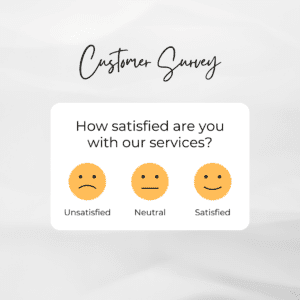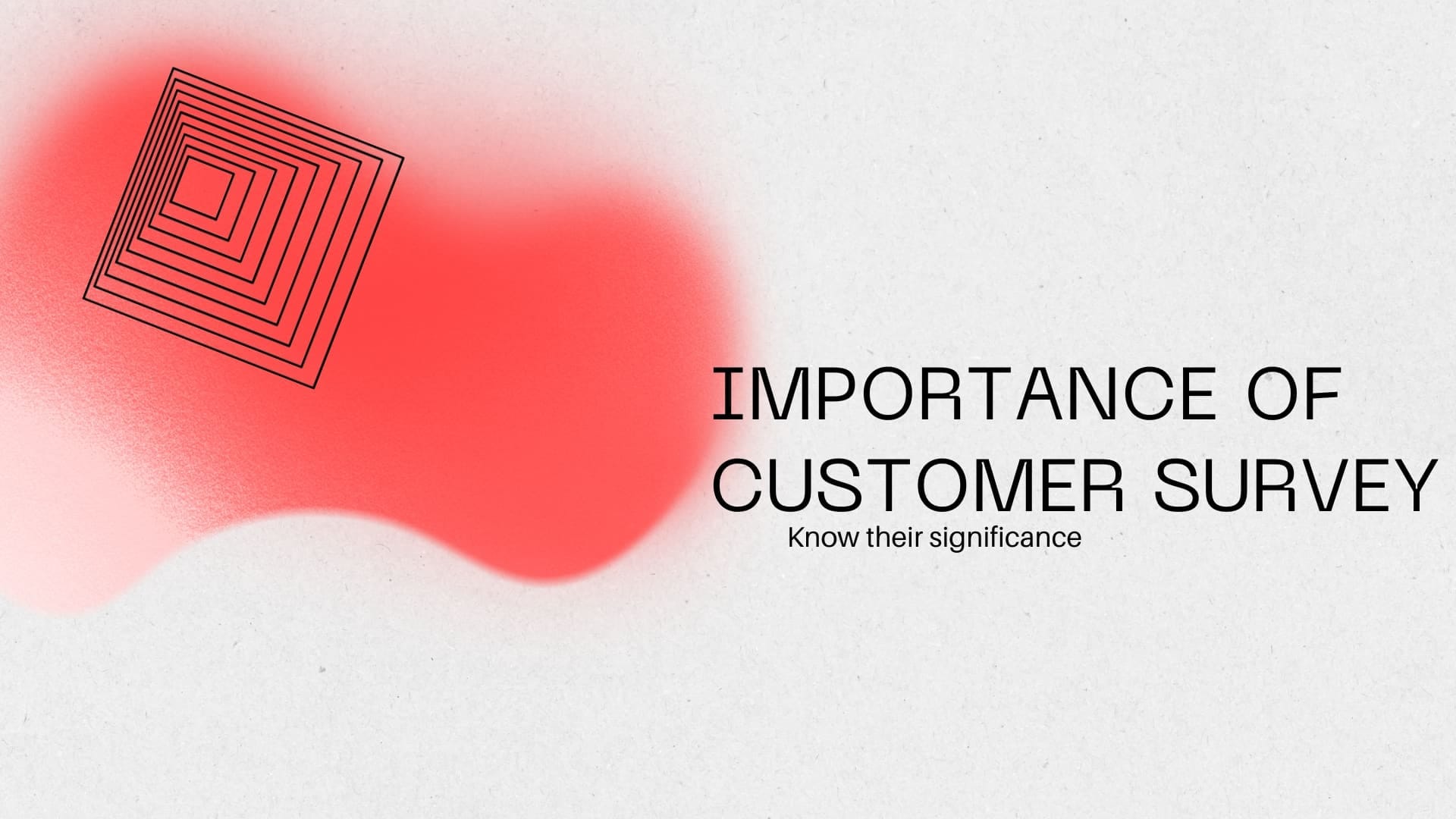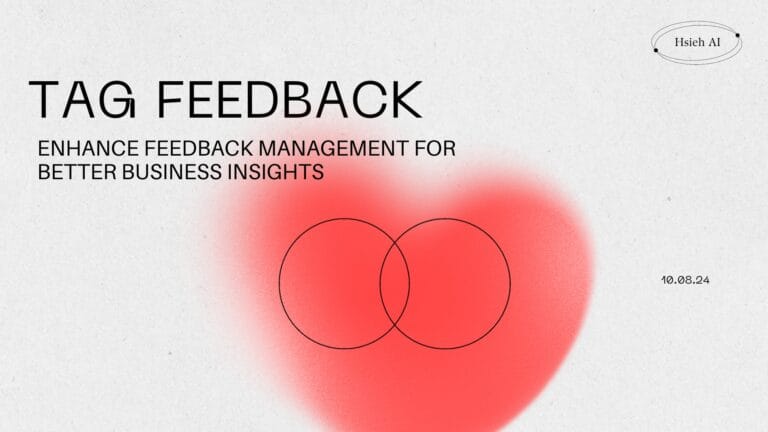Customer surveys help business organizations collect information about the preferences, expectations, experiences, opinions, and feedback of their consumers or target audience. These surveys have driven the success and stability of many organizations.
Why Use Customer Surveys?
Businesses strive to provide value to their customers. They make rigorous efforts to ensure they serve their mission and effectively communicate their ideas to consumers through their service. But how do businesses know if their efforts succeed? Are their customers happy? Did they serve their mission well? Did their plan benefit the target audience? Customer surveys fill these gaps between producers and consumers, addressing these questions for effective and productive business management.
Types of Customer Surveys
Businesses conduct customer surveys in four main forms today:
- Mail surveys involve printing and sending questions to consumers via mail. These surveys reach a large geographic area and allow respondents to complete the survey anywhere, anytime. However, printing and mailing costs can be high, and data collection tends to be time-consuming.
- Telephone surveys use interviewers to call consumers and ask for specific information. These surveys can be initiated rapidly and reach a wide area. However, they can be labor-intensive, expensive, difficult for asking complex or sensitive questions, and often suffer from a low response rate.
- Web-based (online) surveys program a set of questions sent via email to consumers. Businesses can distribute them globally, program the order of questions, and include links for additional explanations. Responses automatically enter a database, which makes analysis and export easy. These surveys also allow tracking user response rates and can enforce mandatory answers. However, online surveys typically have the lowest response rates, and issues like audience literacy or internet access can limit participation.
- Face-to-face surveys target users by location, date, and time of day. These surveys allow interviewers to observe body language, ask complex questions, and probe further if necessary. Respondents tend to provide the highest response rate, and interviewers can motivate them directly. However, face-to-face surveys can be expensive, require trained workers, and take more time to execute.
Key Functionality in Improving the Product
When businesses gather feedback from their target audience through customer surveys, they can draw statistical comparisons between their initial goals and the actual responses. Positive feedback highlights the key features customers love and shows what should continue. Criticism, on the other hand, reveals the gaps in the business’s strategic plan, making it easier to adjust the product and deliver on the value promised. You can also use frameworks like Heart framwork to conduct effective surveys and improve your product.
Surveys also inspire new product development and business expansion. By learning what customers expect and enjoy, businesses can meet market demands better. Customer surveys act as a communication channel, letting users express their thoughts on what would help them in the marketplace.

Points to Remember When Designing Customer Surveys
Businesses work tirelessly to create value that leaves a lasting impression on their users. However, gathering customer input through surveys can be challenging if the surveys seem overwhelming, too lengthy, boring, or subjective. Customers may also feel their feedback won’t receive proper attention.
To avoid this, businesses should keep surveys short or organized in a way that encourages completion. Letting respondents know the estimated time required to finish the survey boosts their willingness to participate. Offering incentives can further motivate customers to provide their input.


